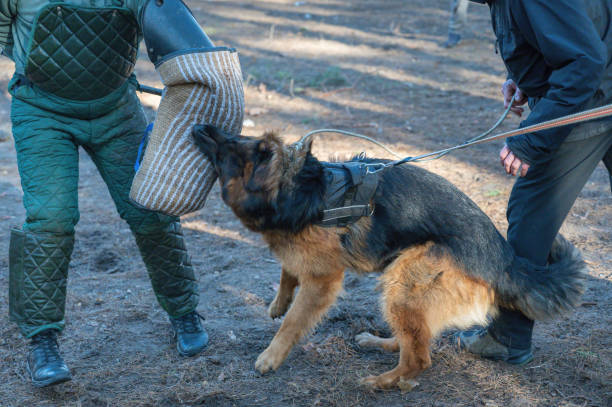Students may learn, celebrate successes, and foster a sense of school pride during school assemblies. However, it might be difficult to maintain many kids’ attention and active participation during assemblies. Assembly learning may be enhanced by including interactive components that encourage student participation and hold their interest. This article examines ten useful strategies for involving students in assemblies through practical, group-based, and movement-based activities. These school assemblies techniques, which range from including audience involvement to showcasing student performances, are meant to optimize learning and engage students in a meaningful way.
Get Them Involved from the Start
Begin assemblies with a question, Poll Everyplace activity, or call for audience participation. Pose problems or scenarios students help solve together. Early involvement boosts focus and attention throughout.
Incorporate Movement and Music
Add movements to facts being learned. Teach school songs or call students to sing along with familiar tunes. Moving bodies and music stimulate multiple learning methods keeping all engaged.
Hands-on Demonstrations Captivate
Bring science experiments, arts and crafts, or interactive games for students to experience. Seeing, touching, and doing makes ideas memorable. Hands learn best through active participation.
Invite Students on Stage
Give chances to volunteer to answer questions or demonstrate skills. Stage fright vanishes seeing peers up front. Invitations motivate practicing to be selected, increasing confidence.
Partner Activities Spark Collaboration
Assign students reflection questions to discuss in pairs or small groups. Collaborating requires explaining concepts to others and strengthening their grasp. Partners who teach also learn.
Share Performances and Projects
Student performances of dances, skits, recitals, or presentations showcase talents while entertaining. Peers appreciate each other’s hard work and love to see results. Performances liven assemblies.
Pose Polls and Puzzles to Solve
Ask multiple-choice or open-ended questions for students to consider individually or discuss briefly before answering as a group. Puzzles engage thinking and problem-solving together.
Show Videos that Reinforce Lessons
Short, engaging videos exemplify topics being addressed. Interactive elements like stopping occasionally for student responses retain focus. Visuals complement discussions for varied learning.
Incorporate Relevant Technologies
Use presentation software and interactive tools students already use. Familiar formats engage digital generations. Technology makes dry topics entertaining through multimedia elements.
Express Appreciation and Recognition
Commending students’ efforts encourages trying even harder. Individual callouts and groups thank you for your continued participation. Appreciation shows the value of each person’s role in the school community. Students through multimodal activities sustain focus and make assemblies both educational and memorable. Interactive engagement deepens understanding and community for lifelong impact.
Conclusion
In summary, the most effective ways to keep kids engaged are interactive assembly activities that cater to a variety of learning styles and let them participate actively rather than merely observe. Time flies and messages are well received when students are actively solving issues, debating ideas with classmates, taking part in surveys, and dancing to music. Then, assemblies cease to be passive experiences and turn into eagerly anticipated occasions where students contribute to the development of communities. Putting a handful of these suggestions into practice can help create assemblies that are memorable and make an impact on students.









